Although I mainly detect for gold, I’ve often used my metal detector to look for other metallic stuff such as lost jewellery, coins and relics. My favourite thing to collect that I find with my metal detector, after gold, is old coins.
Different detectors for different things
I started off using a Garrett AT Gold metal detector, which uses VLF (very low frequency) technology. Detectors like this one have good discrimination between objects made of different metals, but suffer some problems when used to find gold. Their main problem is that they are very sensitive to mineralised ground, and often chirp, groan or fart when there’s no target underneath. You can get used to this, but it can be very tiring to listen to all these target-like noises and checking whether they’re the real deal or not. You get ear fatigue very quickly. You’ll be checking lots of hot rocks, and mystery ground-noises.
Gold detectors that use pulse induction (PI), like my Minelab SDC 2300, ignore all these ground noises (so all you hear are metallic targets), but have very poor discrimination. The best you’ll get is a slightly different-sounding signal with different metals. Even this is not reliable. With my detector, usually ferrous (iron, steel, etc) items give a low-high signal, whereas non-ferrous items (aluminium, copper, gold, lead) give a high-low signal, but not always. By comparison my AT gold will give me a different pitched tone, and a number readout that lets me know what it thinks is underneath the coil.
All this means that I’ve now relegated my AT Gold to looking for coins and relics, or detecting for gold in really trashy ground, where the discrimination ability can be useful. My favourite things (other than gold) to hunt for are pre-decimal silver coins. These are some of my finds. It never ceases to amaze me how clean some of the silvers come out of the ground. Some can be tarnished, but others come out of the ground as if they’d gone in just yesterday.
- 1917 Threepence
- 1917 Threepence
- 1941 Threepence
- 1941 Threepence
- 1918 Sixpence
- 1918 Sixpence
- 1890 Sixpence
- 1890 Sixpence
- 1934 Shilling
- 1934 Shilling
- 1922 Florin
- 1922 Florin
- 1940 Florin
- 1940 Florin
- 1934 Penny
- 1934 Penny
- 1912 Penny
- 1912 Penny
- Andrew Mather Token
- Andrew Mather Token
My best find so far is the 1918 penny that’s in the featured image. You can see a larger version in the gallery above.
What’s the best detector for detecting coins and relics?
If the budget stretches enough, ideally you’d want a purpose-bought machine for detecting coins.
If I was buying a detector tomorrow for coins and/or relics and budget wasn’t an option I’d be tossing up between the Minelab CTX 3030 or the XP Deus. The CTX 3030 had (until recently) the reputation of being the ultimate coin and relic machine. It’s what all the pros were using, especially in Europe and the Middle East, to look for ancient coins. The Deus seems to be upstaging the 3030 of late. It’s getting a reputation as being a very powerful, versatile and lightweight machine, and apparently has a very fast recovery time. If you’re detecting and you pass over an object that has a strong signal, it takes the detector some time to recover to the point that it will detect another target close to the first as a separate object. So if you had, for example, a piece of iron trash next to a coin, the detector might reject them both as not a worthwhile target. Supposedly the Deus outdoes other detectors in recovery time, and can be great in very trashy areas.
If the budget didn’t stretch to over $2,000 (as of late 2015), the Minelab Etrac and the Garrett AT Pro would be my second choice.
Where to go?
One interesting aspect of detecting for coins in Tasmania is that you’re not bound by prospecting regulations. The Mineral Resources Development Act has nothing to say about detecting for coins and relics. This means that you can detect almost any public land under Exploration Licence without needing to get prior permission. If you hypothetically found a gold nugget while detecting coins and relics, it would probably not be considered prospecting. Anyone looking to prosecute you would need to prove (in a court of law) that you were using the detector for prospecting and not for detecting coins.
What all this translates to is that you can legally access any public land that is not under lease, or in which historical artefacts are protected (for example Historic Sites, National Parks). Land owned by councils often requires permission, as they often have all sorts of by-laws about interfering with vegetation (grass), etc. Some councils are more permissive than others. Still, most detectorists I know that detect in urban areas do so at nighttime. It’s easier to detect at night than to argue with people who might have very different ideas about what you’re doing. I’ve personally never had any hassles day or night.
So go out there and find some coins!
Did you find this useful? If you like the content at Apple Isle Prospector, feel free to get in contact, or leave a comment. If you enjoyed this article, then let others know by sharing it on Facebook or liking our Facebook or Twitter pages:

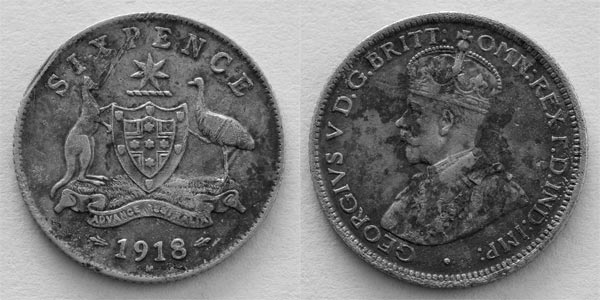
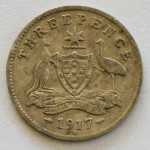
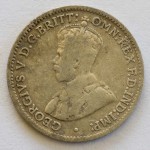
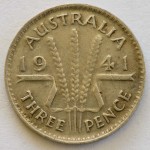
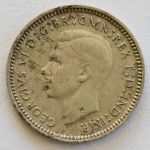
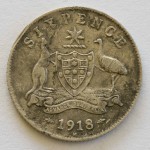
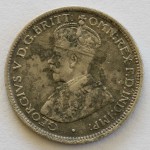
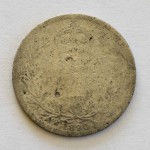
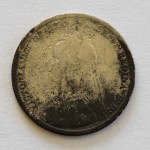
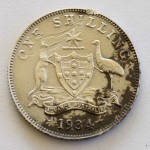
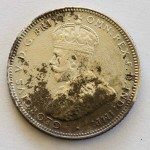
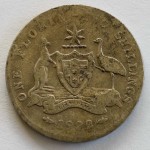
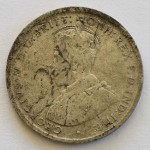
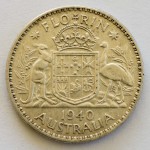
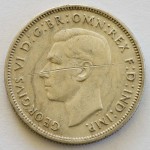
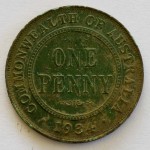
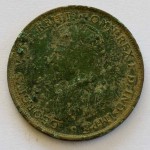
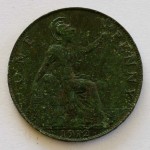
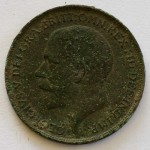
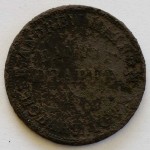
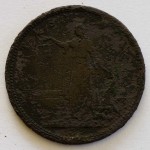
It’s illegal to possess or use a metal detector in any reserve in Tasmania.
If you use Listmap online and “Add Layer” then select “Reserves and Administrative Boundaries” then “Reserves” and finally “Public Land Classification” you can see what land is a reserve or not. MD’s are illegal on any type of reserve. That is, if it’s got “reserve” in it’s name no MDs. Obviously MD are a no go in National Parks here too.
For example, Seven Mile beach is a no go MD area for most of it’s length but the beach in front of the houses at the southern end is OK.
Interestingly you can legally possess a MD in a National Park as long as the road you’re on isn’t a dead end road,
I forgot to add that someone was prosecuted for possessing a MD in a reserve a few years ago.
Hi John,
You raise some pretty good points. I do recall someone getting prosecuted a few years ago. Interesting particularly since prospecting is allowed in certain reserve types, such as Regional Reserves, so we have an inconsistency there. The exact wording in the Crown Lands Regulations 2011 are:
“(8) A person must not, except in accordance with an authority –
(a) bring a metal detector into a public reserve; or
(b) have a metal detector in possession in a public reserve.”
I’ll have a bit of a look and probably chase this up through PMAT.
Adding on to the information that John Boots has provided regarding the fact that it’s illegal to have a metal detector inside any Tasmanian reserve.
The Crown Lands Regulations 2011, under Regulation 19, say:
” (8) A person must not, except in accordance with an authority –
(a) bring a metal detector into a public reserve; or
(b) have a metal detector in possession in a public reserve.
Penalty:
Fine not exceeding 5 penalty units. ”
If you have a prospecting licence, and you’re looking for minerals (i.e. gold), you probably have a piece of paper that can be considered “an authority”. However, I don’t think this is all that clear cut. If you were clearly prospecting for coins or artifacts, and not minerals, you’d find it difficult to make a case, and the best way to go would be to get a permit from Parks, provided they’re happy to issue one.